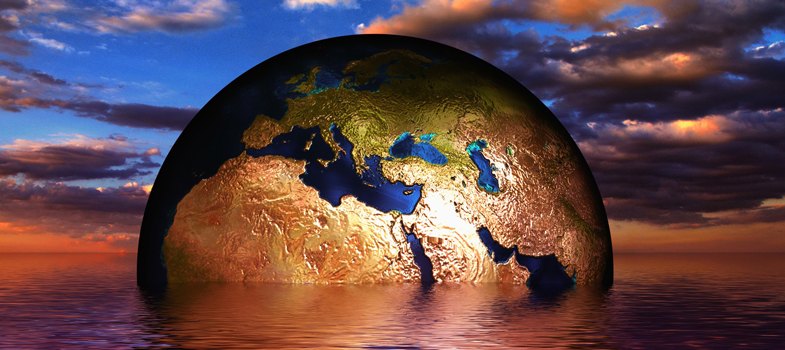4 Soil erosion
Soils are really important to us for many reasons – food production, biodiversity and water quality to name a few. However, climate change threatens soils in several ways and has the potential to interact with the existing global problem of soil erosion. Soil erosion is the removal of soil, usually by water or wind. Soil erosion can have a devastating impact on agriculture; the US dustbowl of the 1930s is one of the most famous examples.
You can learn more about soil erosion by reading the ‘What is soil erosion?’ article at the Soil Erosion Site.
As climate changes, the implications for soil erosion may be serious. A higher frequency or higher intensity of rain may increase soil erosion by water; and in dry areas, prolonged drought periods may increase soil erosion by wind.
Increased soil erosion may also increase water pollution. This is not only because the sediment and soil particles eroded are pollutants themselves, but also because they can often carry other pollutants with them.
3 Air pollution (ozone)
